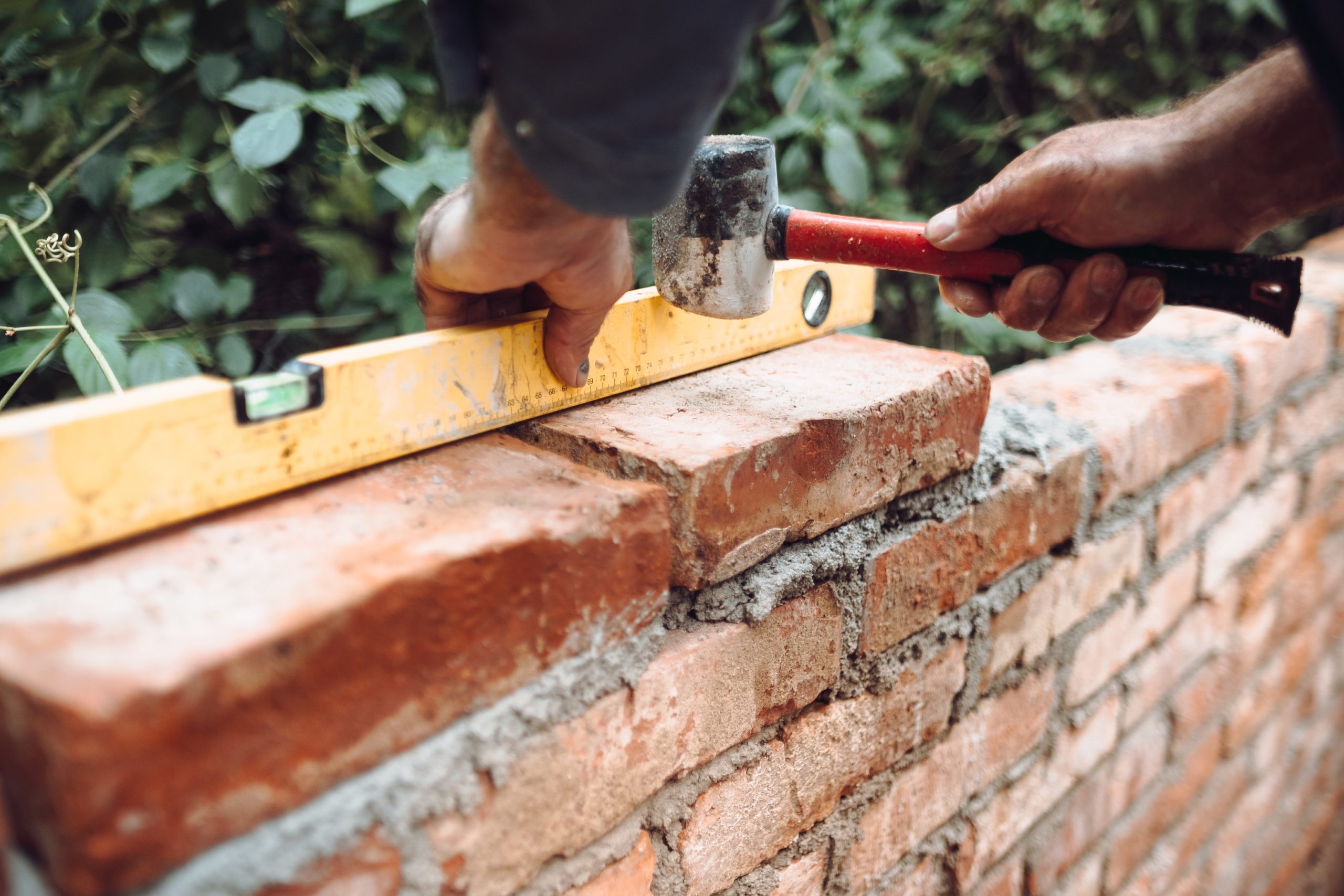Constructing buildings often involves dealing with uneven terrain, slopes, or soil erosion, which can pose significant challenges to structural integrity. Retaining systems play a crucial role in stabilizing soil and preventing erosion, ensuring the safety and longevity of construction projects. This guide offers comprehensive insights into the various types of retaining systems used in construction and best practices for their implementation.
Understanding Retaining Systems
Retaining systems are structures designed to hold back soil and prevent it from moving downhill or collapsing. They are commonly used in construction projects where there are changes in elevation, such as hillsides, embankments, or waterfront properties. These systems provide support and stability, allowing for the creation of level surfaces for buildings, roads, or landscaping.
Importance of Commercial Retaining Walls
Commercial retaining walls are one of the most common types of retaining systems used in construction. They are typically made of concrete, stone, or timber and are designed to withstand the lateral pressure exerted by soil. These walls not only provide structural support but also enhance the aesthetic appeal of commercial properties, making them a popular choice for developers and architects.
Types of Retaining Systems
Retaining systems come in various forms, each suited to different terrain conditions, construction requirements, and aesthetic preferences. Understanding the characteristics and applications of each type is essential for selecting the most appropriate solution for a construction project.
Gravity Walls
Gravity walls rely on their weight and mass to resist the pressure of soil behind them. They are typically made of heavy materials such as concrete or stone and are ideal for low to medium-height applications where space is limited.
Reinforced Soil Retaining Walls
Reinforced soil retaining walls use layers of geosynthetic reinforcement to stabilize soil and provide structural support. They are versatile and cost-effective solutions suitable for a wide range of soil conditions and construction requirements.
Cantilevered Walls
Cantilevered walls are reinforced concrete structures that use a base slab and an upright stem to resist soil pressure. They are commonly used in situations where space is limited and are particularly effective for retaining tall slopes or deep excavations.
Gabion Walls
Gabion walls consist of wire mesh baskets filled with stone or rock and are used to create flexible, permeable retaining structures. They are ideal for projects where drainage and erosion control are priorities and can be easily adapted to irregular terrain.
Design Considerations
Designing effective retaining systems requires careful consideration of various factors, including soil type, slope stability, water drainage, and aesthetic requirements. Here are key considerations to keep in mind during the design process:
Soil Analysis
Understanding the characteristics of the soil, including its composition, density, and moisture content, is essential for determining the appropriate type and size of retaining system.
Drainage Solutions
Proper drainage is critical for preventing water buildup behind retaining walls, which can lead to hydrostatic pressure and structural failure. Incorporating drainage features such as weep holes, French drains, or gravel backfill can help mitigate water-related issues.
Structural Stability
Ensuring the structural stability of retaining systems involves calculating the forces acting on the wall, including soil pressure, surcharge loads, and seismic forces. Reinforcement techniques such as geogrids, tiebacks, or soil nails may be necessary to enhance stability.
Construction and Maintenance Tips
Proper construction and regular maintenance are essential for maximizing the lifespan and effectiveness of retaining systems. Follow these tips to ensure the durability and functionality of your retaining walls:
Professional Installation
Retaining systems should be installed by experienced contractors with expertise in site preparation, foundation work, and wall construction. Hiring professionals ensures that the project meets industry standards and regulatory requirements.
Quality Materials
Using high-quality materials, including durable concrete, corrosion-resistant reinforcement, and geosynthetic fabrics, is essential for the longevity of retaining systems. Choose materials that are suitable for the specific site conditions and environmental factors.
Regular Inspections
Perform routine inspections of retaining walls to identify any signs of damage, such as cracks, bulges, or settlement. Promptly address any issues to prevent further deterioration and ensure the continued stability of the structure.
Building for Stability
Retaining systems are indispensable elements of construction projects, providing essential support and stability in challenging terrain conditions. By understanding the different types of retaining systems, considering key design factors, and following best practices for construction and maintenance, builders can create safe, durable, and aesthetically pleasing structures that stand the test of time. Whether it’s commercial retaining walls for large-scale developments or smaller-scale solutions for residential properties, investing in quality design and construction ensures the success and longevity of construction projects.



